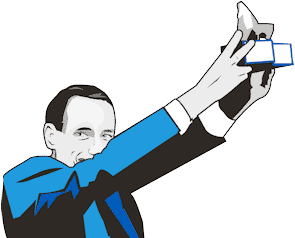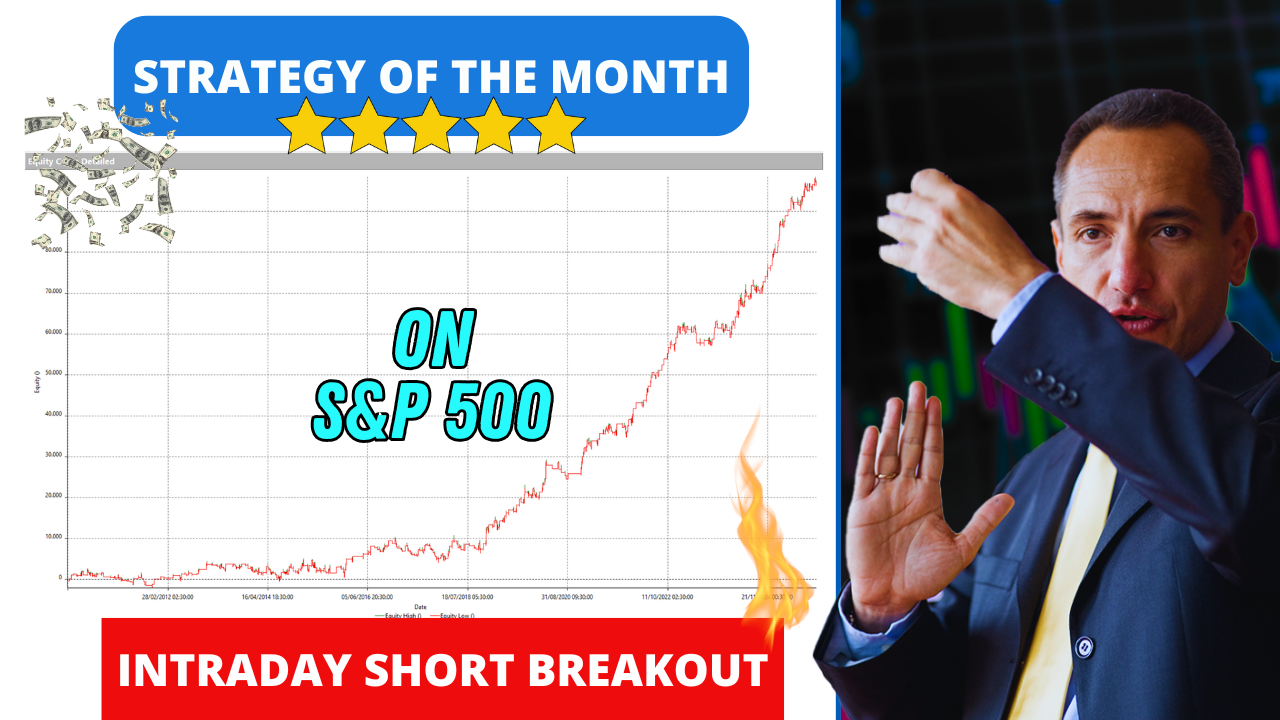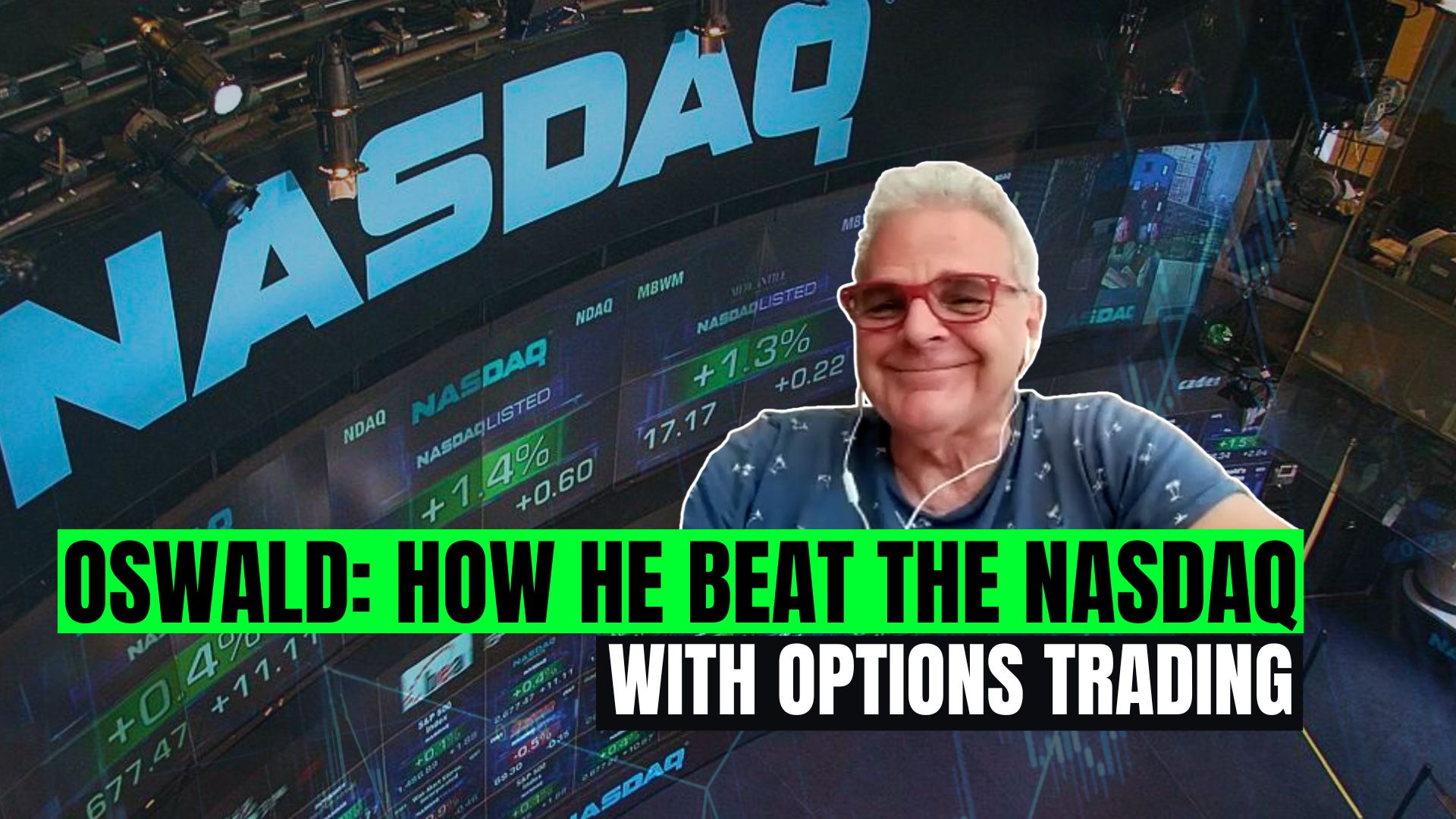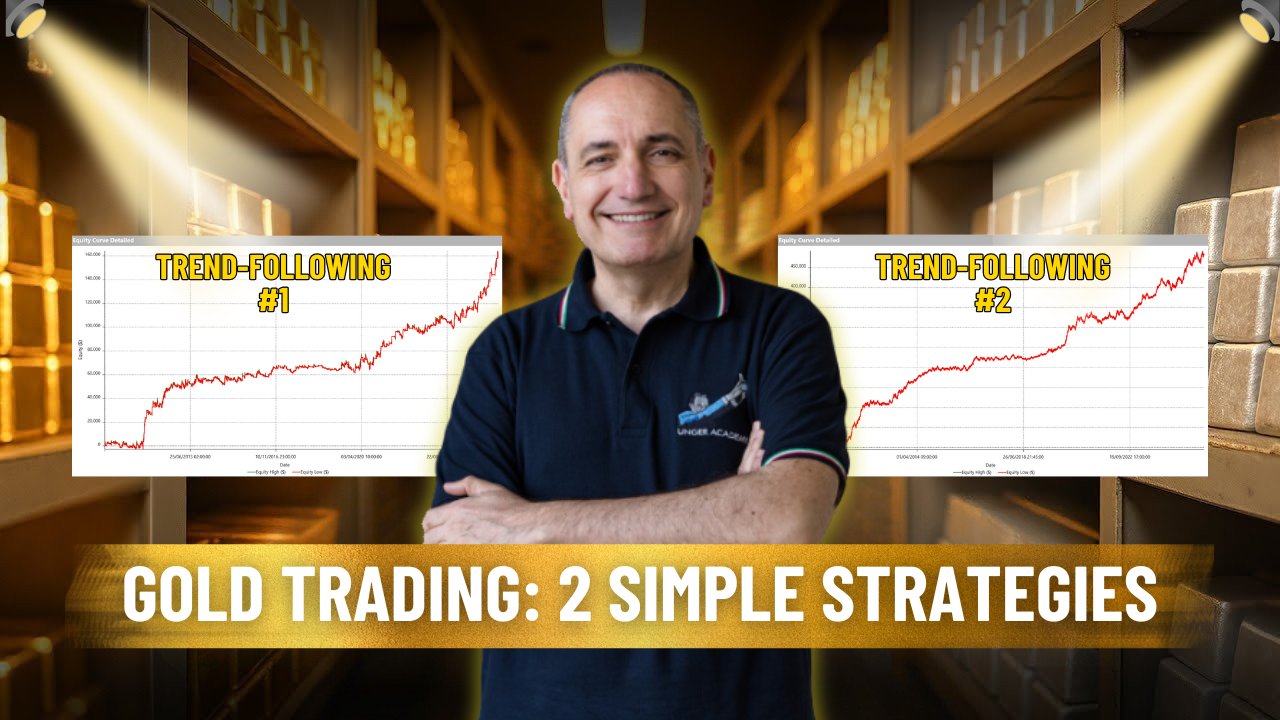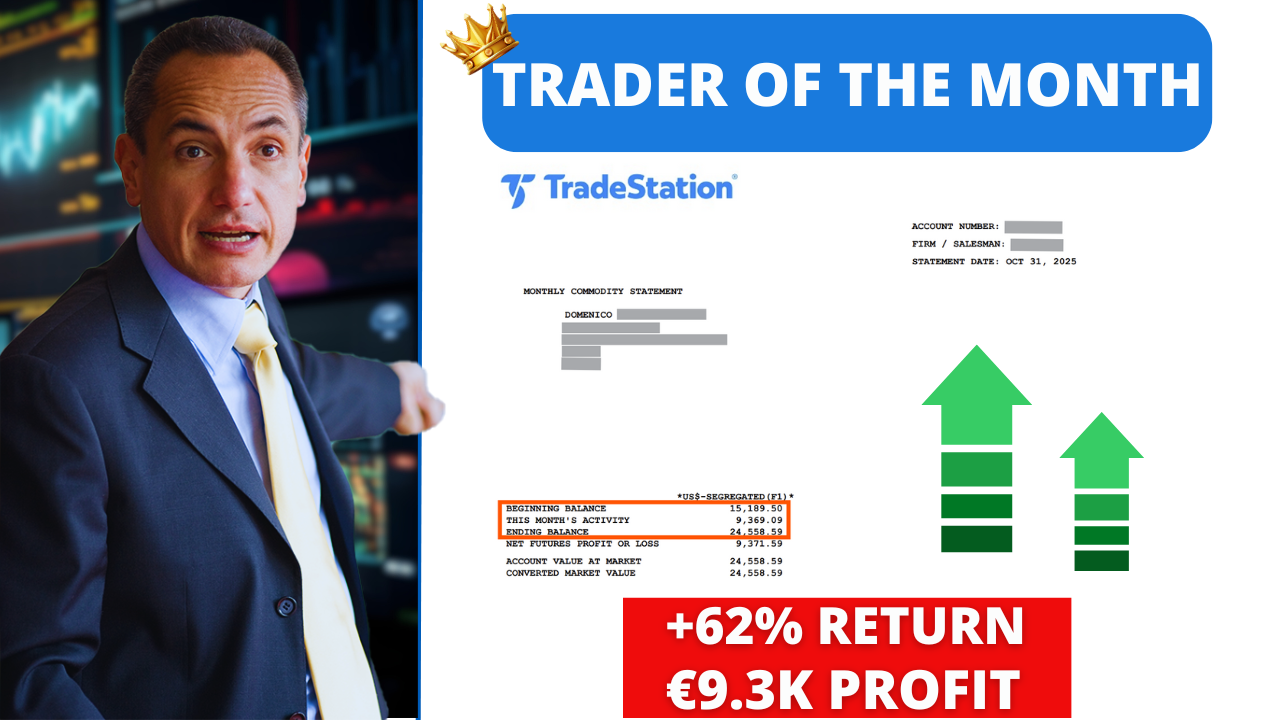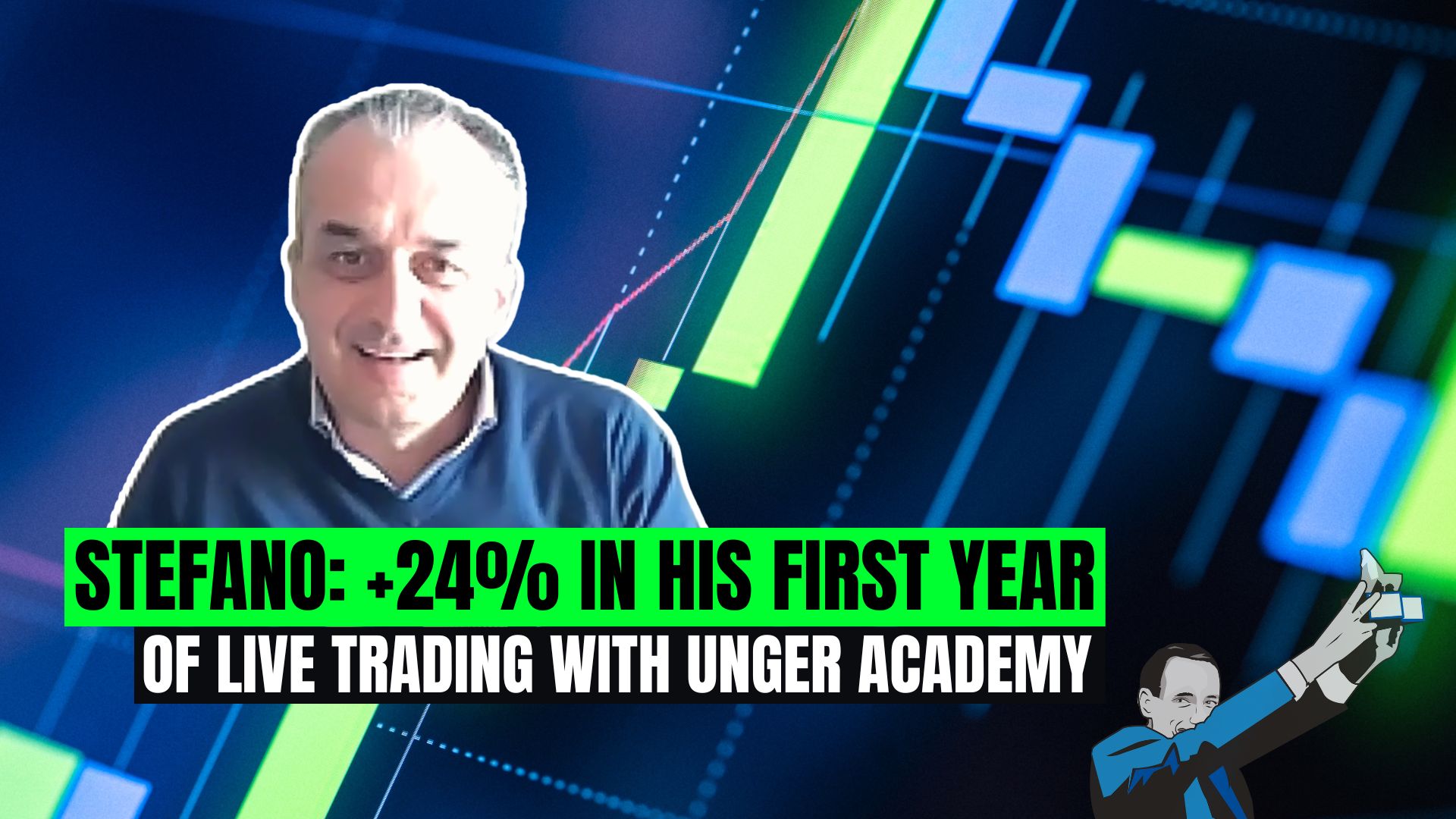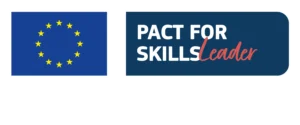Introduction to USD1 and its connection to the Trump family
Hi everyone and welcome to the Unger Academy channel. Today, we’re going to talk about a stablecoin that’s already stirring up quite a lot of controversy—USD1.
It’s a cryptocurrency pegged to the US dollar, but what’s really turning heads is its connection to the most talked-about family in the United States—the Trump family.
That’s right. USD1 was launched by World Liberty Financial, a company directly linked to the family of the President of the United States.
How it works and promises of transparency
Now, the way it works is pretty straightforward. Like all stablecoins, it aims to maintain a fixed 1-to-1 value with the US dollar. This means that for every USD1 token issued by World Liberty Financial, there needs to be a corresponding US dollar held in secure assets, particularly government bonds or highly liquid accounts, backing it up.
USD1 operates on two of the major blockchains: Ethereum, as an ERC20 token, and also on the Binance Smart Chain.
And just like other stablecoins that follow this model, one of the biggest advantages for users is the potential for faster and cheaper transactions compared to traditional banking systems. Plus, there’s the promise of maximum transparency, thanks to external audits of the company managing the token. Of course, that transparency depends on how much trust you place in those audits.
Revenue model and criticism regarding conflicts of interest
But how exactly does World Liberty Financial make money from the USD1 token? Well, the mechanism is very similar to that of other stablecoins, like the more well-known USDT issued by Tether. When users buy USD1, the company uses that money to invest in safe, highly liquid assets like short-term US Treasury bonds, which generate interest.
That way, World Liberty Financial earns significant profits from those investments while still maintaining the 1-to-1 peg of USD1 to the dollar.
And this is where the real controversy begins. From the moment it was launched, USD1 has been under fire due to potential conflicts of interest stemming from its ties to the Trump family, and in particular, the President himself.
According to some observers, creating this stablecoin could pose a risk to transparency—and more importantly—to the independence of US monetary policy.
What really raised eyebrows was the fact that one of Donald Trump’s very first moves as President was to ban the Federal Reserve from issuing an official digital dollar. And not long after that, through his family’s company, he started promoting and issuing a digital dollar of his own—USD1.
Naturally, this sparked fears of a serious conflict of interest. After all, the President could personally benefit from promoting this stablecoin—especially given that the profit mechanism is tied to investments in government bonds, which are issued by the very government he leads.
Political reactions and ethical challenges
One US senator in particular, Maxine Waters, has voiced strong concerns over the neutrality of this project.
She and other critics argue that with the Trump family directly behind USD1, it could unfairly influence how people perceive the stability of the US economy—and might even open the door to using the stablecoin for political or personal gain.
Competition in the stablecoin market
But putting those major concerns aside for a moment, it’s worth remembering that USD1 is entering a highly competitive market.
Other tokens, like Tether’s USDT or Circle’s USDC, have been well-established for years and are used by millions of users all over the world.
So, if USD1 wants to compete, it’s going to need to prove not just that it’s technologically sound, but also that it’s ethically solid and completely transparent.
Only by meeting those standards could it stand out as another promising project in the stablecoin space.
And as mentioned, its success or failure will heavily depend on how well the company can reassure investors about its neutrality and transparency.
USD1: innovative project or economic threat?
So, what do you think?
Will USD1 become the new go-to stablecoin, or will all the controversy surrounding it hold it back?
Let us know what you think in the comments!
And if you enjoyed this video and want to see more content like this, be sure to give us a like, subscribe to the channel, and stay tuned for upcoming updates from the world of crypto.
Thanks for watching, and see you next time!
